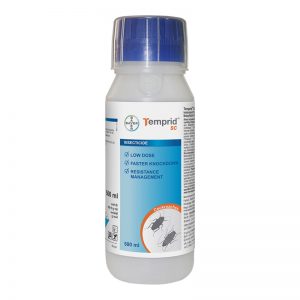Defining stored grain pests Stored grain pests fall into two main insect orders:
- Coleoptera (beetles)
- Lepidoptera (moths)
Within each group, some species are considered as primary pests, they attack the whole grain, while others follow the initial damage as secondary pests. Losses can amount to 10% or more of the commodity through spoilage or secondary fungal infection.
Understanding Primary and Secondary Pests
Primary coleopteran pests include grain weevils (Sitophilus granarius, S. zeamais, S. oryzae), the lesser grain borer (Rhyzopertha dominica) and the saw-toothed grain beetle (Oryzaephilus surinamensis)
Secondary beetle pests include the flour beetles (Tribolium castaneum and T.confusum)
The main lepidopteran pests are secondary; they feed regularly on processed foods so are more common in domestic kitchens and larders.
A variety of pests infest stored grain. This may occur in succession – primary then secondary. Eggs are laid in the grain or part-processed food (flour, bran etc.) where the larvae feed through to the pupal stage.
Moth larvae usually fly to a hidden site away from the food source to pupate, adults then mate and eggs are deposited on or in suitable food.
Emerging beetle adults feed on grain or find shelter in the structure of the silo/warehouse prior to invading new food sources.
Risk:
Stored grain pests attack cereals, pulses, oil seeds, spices, copra, tobacco, cocoa, flour and oilseed extractions during storage. They damage the food and make it unfit for consumption. They also attack and damage processed and packaged food.
Control Options
Logistical
Cool temperatures (10°C) reduce the rate of reproduction. While low humidity and ventilation reduce insect activity and viability, they also suppress fungal development.
Pheromone traps aid species control, notably moths, and indicate if and when to treat. Egg to adulthood may take weeks or months, so an infestation is not instantly apparent.
Chemical
Treat empty grain stores between batches of grain to prevent infestations. Treat grain with a residual insecticide at the point of entry into the silo.
Admixture means active ingredient is not subject to photo degradation, while microbial activity in the grain is low, favouring long residual protection.
Fumigation (e.g. in ship holds) with methyl bromide was popular (no residual action but effective control)





